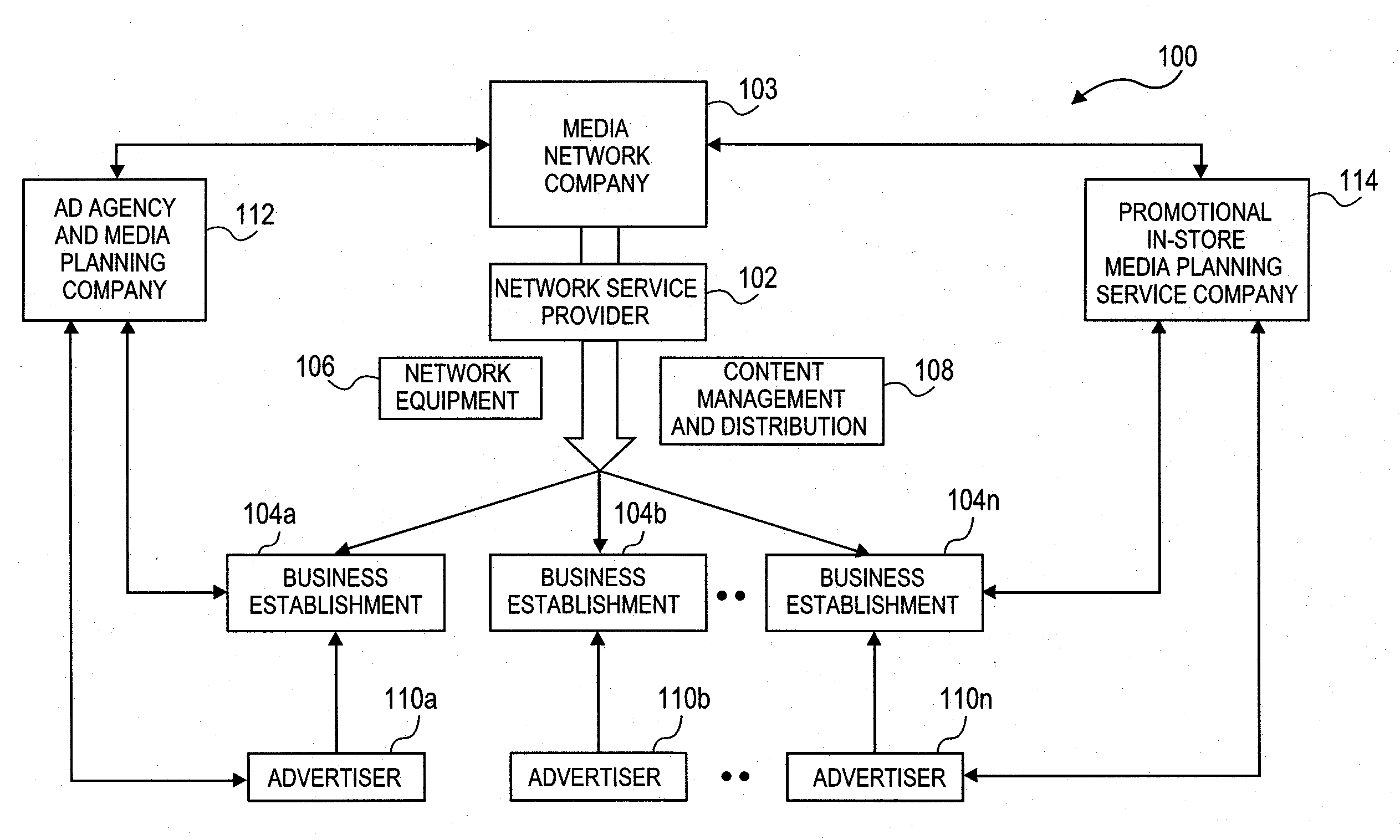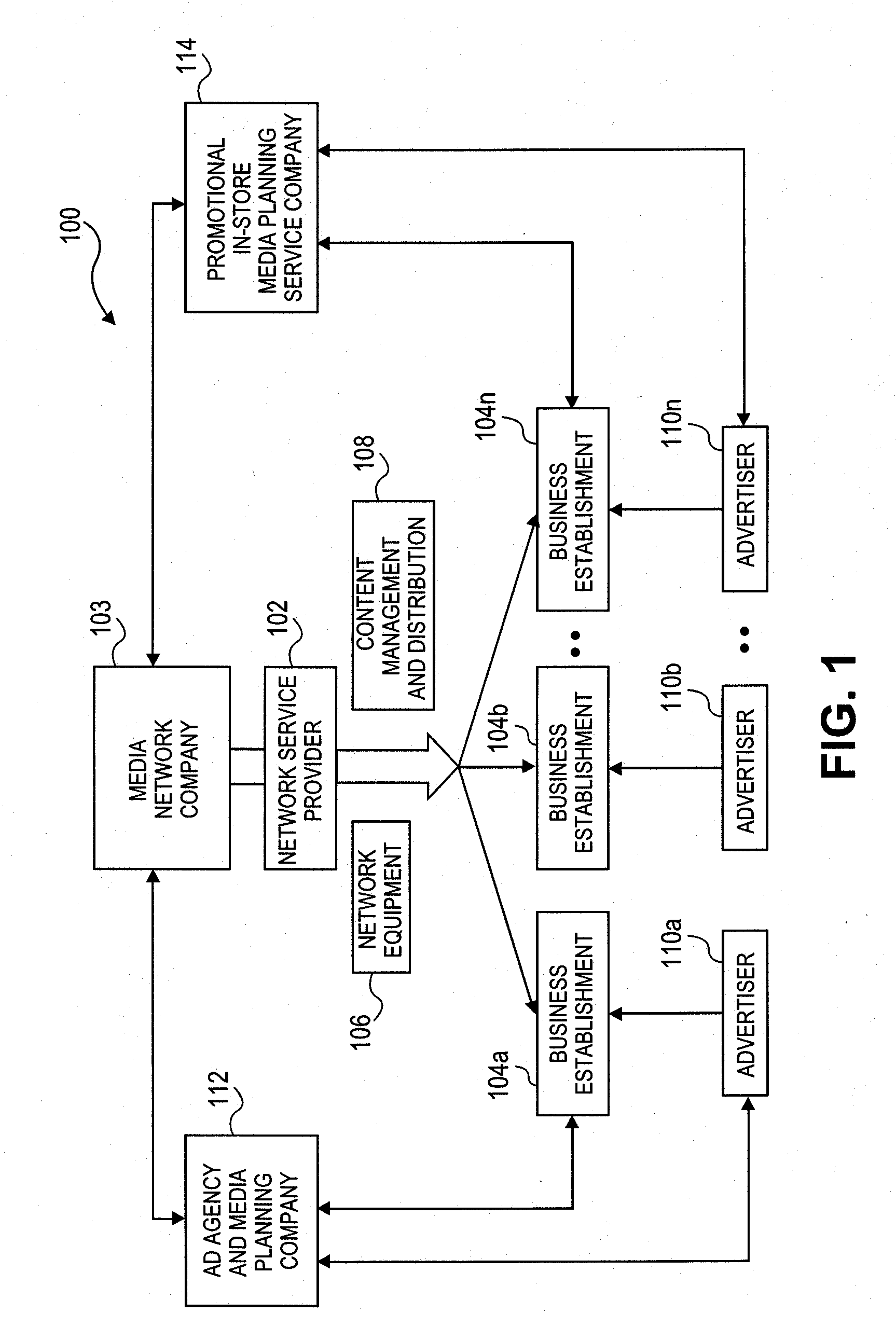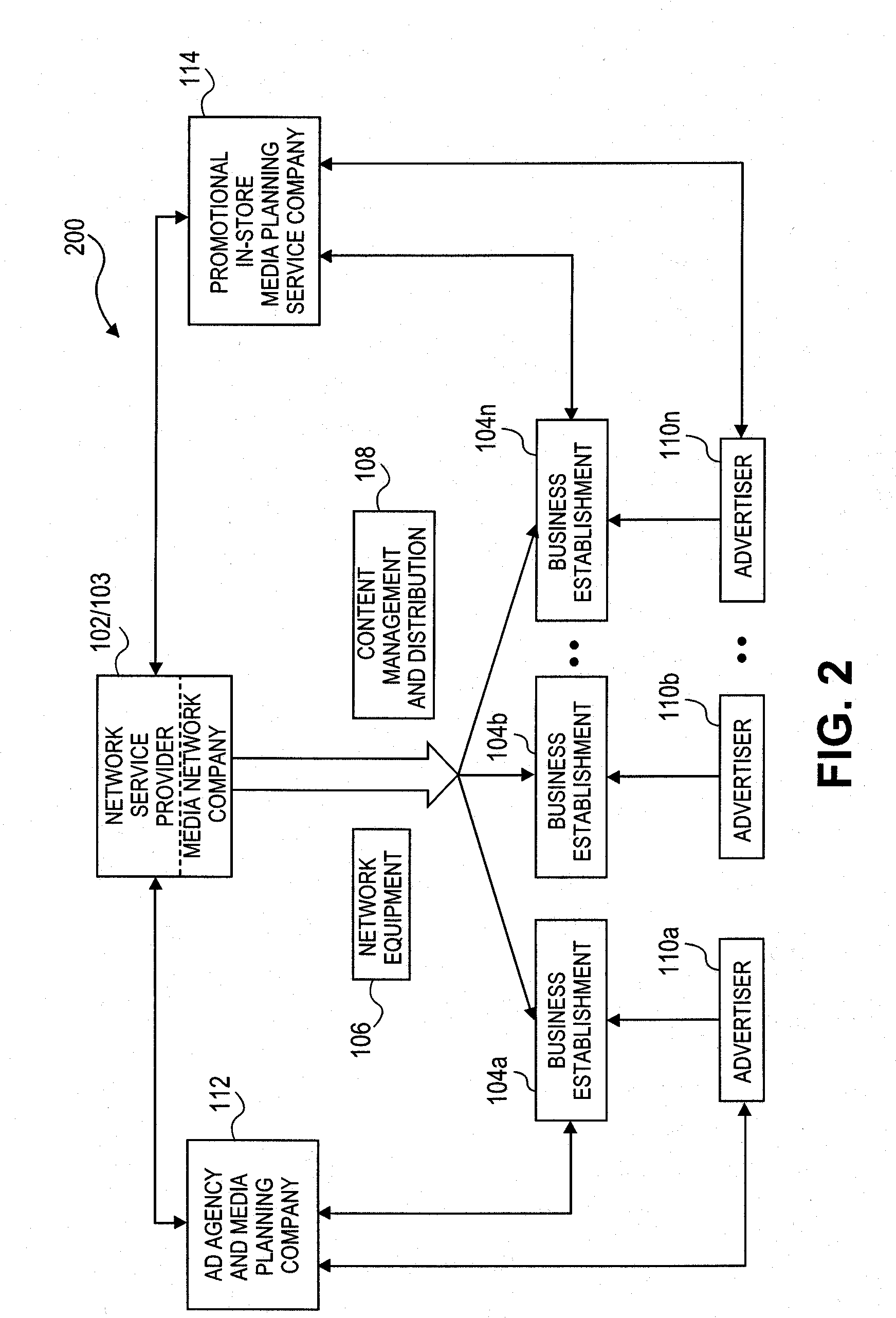As television, including broadcast, cable, and
satellite television networks, has grown, so has the cost of advertising on this media.
However, in recent years, industry indicators point to diminishing effectiveness of television advertising due to
multiple factors.
First, television has become an ever more fragmented market.
This increase in available
programming has significantly reduced the reach of any single program.
Second, the proliferation of
digital video recorders (e.g., TiVo®, DVRs) that enable viewers to
record television shows and simply skip over the advertisements and, as a result, reduce the reach of advertisements, thereby raising cost for advertisers.
Third, trends have shown that the overall viewing audience for television has become smaller due to media fragmentation, demographic changes, media proliferation, and other factors, such as the proliferation of
the Internet among all age brackets, especially
younger age brackets.
One factor that further concerns marketers is the inability to determine the effectiveness of television advertising.
A marketer that advertises on television is hard-pressed to determine whether consumers who have seen the advertising are
purchasing their goods or services as a direct result of the advertising.
When viewership or program ratings are later reported, there is often an under-delivery of viewers, which often times causes the network to provide an airtime credit to the advertiser.
Trade promotion expenditures can represent a very significant cost, and, as a result, many marketers choose to compensate retailers with a barter-type transaction of their goods, therefore lessening the economic
impact of such transactions.
Since the late 1980s, there have been many unsuccessful attempts to establish a retail media platform that meets the requirements to be considered planned media.
While the electronic displays have improved efficiency to a certain extent, improvement in revenue generation for the business establishment has been minimal or none for several reasons.
First, the number of electronic displays deployed in a retail location is limited therefore resulting in an inability for all of the shopping audience to see the displays.
Second, because of the excessive cost of having a staff maintain expensive display equipment, which is generally run off of a local
server, cable, or
satellite receiver, the electronic displays and associated equipment are often owned and managed by a
third party who sells ads to generate revenue and shares only a small portion with the business establishment.
Third, because of the limited upside revenue potential in the existing business model in using the electronic displays, the business establishments are not motivated to further expand store populations of electronic displays.
Fourth, due to the way this advertising is currently sold, these signs are generally sold as sign or billboard space, which limits the revenue potential to relatively small advertising budgets, rather than attracting media planning revenue from television advertising budgets.
Fifth, this process is disruptive to the business establishment's promotional revenue
stream as the
third party advertisement sales entity targets
sales promotion expenditures as it cannot attract planned media dollars therefore reducing revenue previously paid to the retailer.
Commercialization using these display placement tactics has failed or had limited profitability due to not capturing sufficient or provable audience “reach” and not providing believable frequency of advertisement view “frequency,” such that advertisers and / or advertising agencies do not consider existing in-store media
system configurations to be anything more than a sign or billboard at best and, as such, not a plannable medium as is traditional in-home television.
Each of these in-store media systems is limited from a financial point-of-view for the companies deploying or managing the in-store media systems, the retailers, and the advertisers.
Having twelve displays deployed in such a large area cannot possibly result in them being viewed by each customer.
From a financial perspective, (i) high equipment and technology deployment costs and (ii) limited revenue potential hinder the above described in-store media systems.
Although the
plasma screen itself may only cost $1,500, the full costs of deployment, including mounting hardware, power distribution, communications systems,
software, installation fees, maintenance fees, management fees, and so forth, increases the cost another $6,000 per electronic display.
Considering that modern grocery store sizes range from 48,000 to 60,000 square feet, with 15 to 25 aisles plus perimeter and other shopping areas, ten
plasma displays are insufficient to insure that every shopper will view the displays, therefore, considerably limiting the systems audience reach.
Limited reach reduces the potential revenue opportunity to the point that neither the retailer nor a third-party in-store media management company could rationalize such expense, as the internal rate of return (IRR) from a pure financial perspective would be quite unappetizing.
Furthermore, hanging so many large displays would negatively affect the character of the store, and, therefore, would not be desirable by the retail store management.
The same reach problem exists for positioning the
large format displays at a
specialty counter (e.g., deli-counter), as each shopper may not shop at that counter or even pass by the counter.
While the cost may be affordable at $7,500 per store, the potential reach is limited to those customers who stop at the deli counter and, therefore, quite small.
This limited reach would not be valuable from a media planning perspective.
There would also be no way to determine frequency of view in such a deployment.
Additionally, there is little incentive for an advertiser to promote on a display which could be hundreds of feet away from where that advertisers product is located within the store.
Furthermore, the reach of the electronic displays at the checkout cash register stations is irrelevant to the retailer and marketers with goods in the store because advertising messages are delivered after shoppers have already completed their selection of goods.
In other words, there is little, if any, affect by advertisements displayed on the checkout displays to influence shoppers in their purchases during a shopping trip and, as such, advertisers are unwilling to pay traditional or premium rates for this advertising media.
With regard to the willingness of advertisers paying for advertising on in-store display systems, actual revenues of failed businesses or existing companies in the
digital signage field have shown that
mass audiences cannot be delivered using conventional deployment schemes.
Even though it is well known that retailer-based audiences can be larger than television audiences due to fragmentation of the television market, advertisers have been unwilling to pay even a small fraction of the rates that are paid to television networks even though it is now conventional wisdom that traditional television networks have audience
delivery problems.
One reason for the limited acceptance of existing in-store media systems, and the limited revenue they generate, is that advertisers and agency media planners know that these in-store media systems do not deliver reach or frequency of view to a
mass audience (i.e., the shoppers) in a method that is understandable to media buyers or planners.
In other words, heretofore, advertisers have not considered in-store display networks to be able to deliver a bona fide reach and frequency of view consistent with traditional in-home television for planning or buying purposes.
However, the largest in-store media
system network provider produces only a small fraction of the revenue of any of the television networks (i.e., $100 million versus a minimum of $4.5 billion).
The
underpinning reason for such a revenue discrepancy is that media
metrics, including reach and frequency of view, cannot be delivered by in-store media system configurations previously or currently deployed in the retail stores and, therefore, agency media planners are unwilling to include such media in a media plan and advertisers are unwilling to pay for such limited advertising at the same level as television advertising.
 Login to View More
Login to View More  Login to View More
Login to View More 


